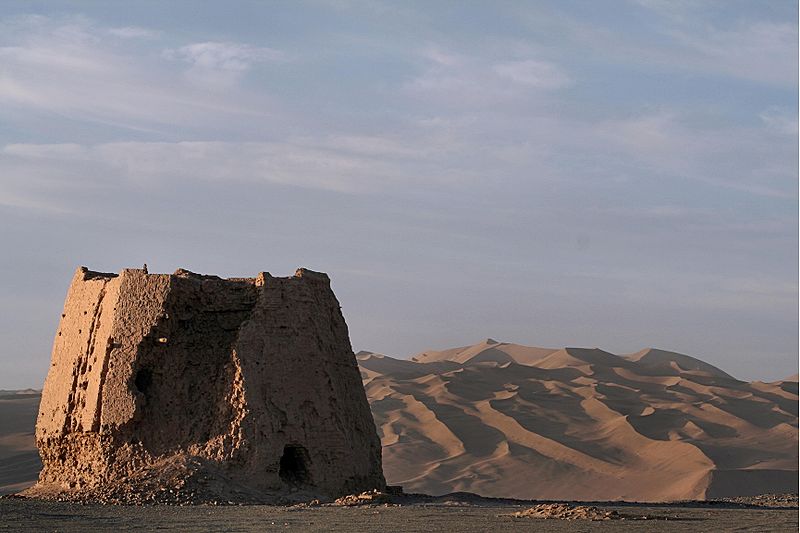Sometimes we’re in a hurry and don’t always take time to think carefully about what we’re reading. This post links key sustainable building concepts to Wikipedia to facilitate further research.
There have been lots of articles lately on sustainable building, also called green building and natural building, but what is it really? Sustainable building is an effort to reduce the environmental impact of our built environment. It is closely related to seven generation sustainability, the idea that our actions and decisions today do not inhibit the opportunities of future generations, and to the concept of do no harm.
Sustainable building utilizes recycled materials, no or low volatile organic compounds, renewable energy, energy efficiency, water conservation, and locally available natural building materials.
The most abundant building material in the world – earth – is right under our feet, and arguably the most sustainable. It’s often free and requires little or no transport. Earth obtained at or near the building site has extremely low embodied energy. Various building methods that use earth as a primary material include
adobe, cob, and wattle and daub, perhaps the oldest building method of all.
Tamping or ramming the earth, as used in rammed earth construction and earthbag building, increases the strength. Properly built rammed earth can withstand loads for thousands of years, as many still-standing ancient rammed earth structures around the world attest. The USDA observed that rammed earth structures last indefinitely and could be built for no more than two-thirds the cost of standard frame houses.
Finishing your home with earthen plaster, earthen floors, and sustainably harvested wood will create a very sustainable home that helps protect the environment and greatly reduces costs.


In addition to natural weathering, I imagine that watchtower was damaged in some wars.